The views expressed in our content reflect individual perspectives and do not represent the authoritative views of the Baha'i Faith.
Can you imagine what it’s like to be the first person from your family, tribe, city, ethnic affiliation, or faith to embrace the world’s newest major religion? That’s the experience of Ina McNeil, the first Lakota to become a Baha’i.
Ina, an artist who lives in Long Island, New York, became a Baha’i in 1965 when she was 24. She was born on the Standing Rock Sioux Reservation in South Dakota and is a member of the Hunkpapa Lakota tribe. She’s also the great-great-granddaughter of Chief Sitting Bull, the legendary leader who united the Lakota in their resistance against the U.S.government and, because of his efforts, was shot and killed by police in 1890.
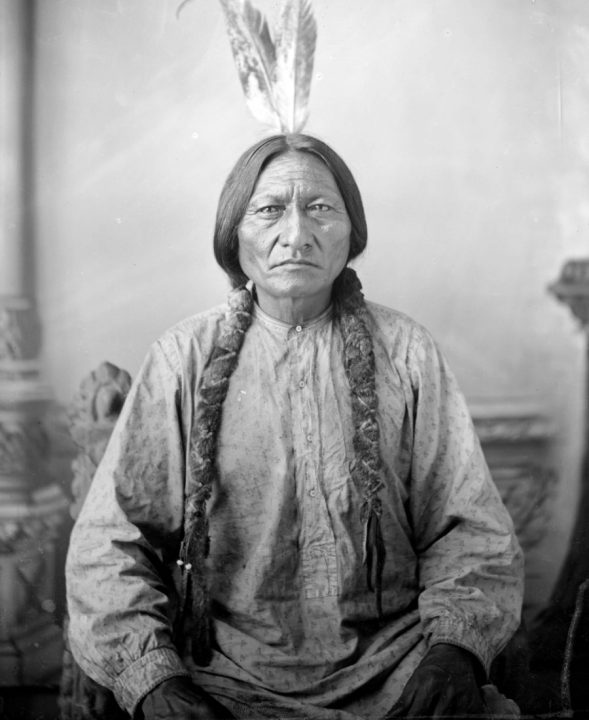
As the descendant of such a prominent figure in American history, Ina says she was raised to be responsible, listen to adults, and always be in a learning mode. “We could not [act] like the other children when there was a social gathering. They were outside screaming, hollering, and playing and chasing each other. We had to be inside. We had to be quiet and listen to what the adults were saying,” she says. “Always, they told us that you come from this family, [so] people here will look at you differently. You must set an example.”
That commitment to learning and truth made her curious when she found out about the Baha’i Faith — and the principle of the oneness of humanity resonated deeply with what she’d been raised with.
The Lakota Teachings and the Baha’i Faith
“A lot of the teachings I could relate to because they’re part of our [Lakota] teachings,” Ina tells me. One major similarity between the Lakota beliefs and the Baha’i Faith is the belief that “mankind is one, that we are all one human family.”
In fact, the Baha’i writings say that the principle of the oneness of humanity is “the pivot round which all the teachings of Bahá’u’lláh revolve.” Baha’u’llah, the prophet and founder of the Baha’i Faith, wrote, “It is not for him to pride himself who loveth his own country, but rather for him who loveth the whole world. The earth is but one country, and mankind its citizens.”
“There’s a word that we [Lakota] use, ‘Mitákuye Oyás’iŋ,’ which means that everyone in the world is my family,” Ina says. She explains that even “if we speak a different language,” we should always “try to understand each other and listen to our brother’s vision.” This involves taking the time to listen to someone and hear what’s important to them.
Ina says that’s what happened with one of her sisters after she became a Jehovah’s Witness. Because her sister was worried about Ina’s soul, she asked her to pray and fast to find God. Ina listened to her sister and agreed to do this. Much to her sister’s surprise, it was after this that Ina found out about the Baha’i Faith.
Ina discovered that her son’s teacher was a Baha’i. She wanted to learn more, so she began taking a class about the Baha’i principle of the harmony of science and religion.
“At that time of my life, I was searching for something, so I began to go to study classes,” Ina says. “Everything was so factual — based on science. Religion is really important to me if it’s also based on science, and it was.”
She also says that learning that Baha’is believe in progressive revelation — the unity and truth of all religions — helped her understand how the Lakota prophet prophesied the origins of the Baha’i Faith.
The Prophecy of the White Buffalo Calf Maiden
“The sacred White Buffalo Calf Maiden is the name of our female prophet for our [Lakota] religion, and when she was going to leave, she told our people one day she will return,” Ina says.
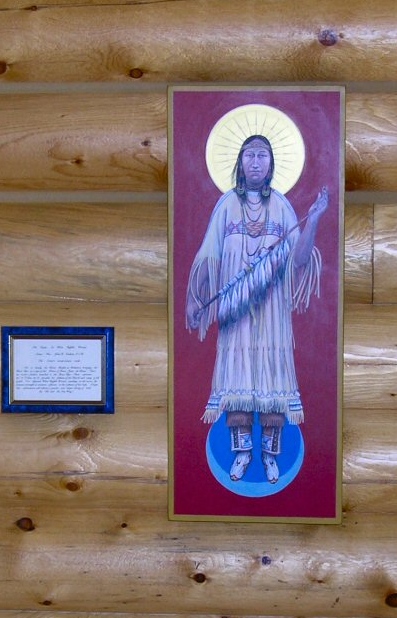
“She gave our people the pipe and how to use that pipe and the seven ceremonies in which to use that pipe,” Ina says. “And she made the men the caretakers of the pipe, so that they would be reminded of the spiritual obligations and that she would return one day adding two more ceremonies, making it nine.”
The number nine also has spiritual meaning and significance in the Baha’i Faith. As Shoghi Effendi, the Guardian of the Baha’i Faith, explained, “The number nine, which in itself is the number of perfection, is considered by the Bahá’ís as sacred, because it is symbolic of the perfection of the Bahá’í Revelation which constitutes the ninth in the line of existing religions, the latest and fullest Revelation which mankind has ever known.”
Shoghi Effendi also wrote that “9 has exact numerical value of ‘Bahá’ (in the numerology connected with the Arabic alphabet) and ‘Bahá’ is the name of the Revealer of our Faith, Bahá’u’lláh.”
Ina says that the “teachings of both the Bab, [the forerunner of Baha’u’llah], and Baha’u’llah are the two ceremonies making it nine and complete.” She believes that White Buffalo Calf Maiden returned as the Maid of Heaven who appeared to Baha’u’llah and told him that he was a messenger of God.
Baha’u’llah wrote:
While engulfed in tribulations I heard a most wondrous, a most sweet voice, calling above My head. Turning My face, I beheld a Maiden—the embodiment of the remembrance of the name of My Lord—suspended in the air before Me. So rejoiced was she in her very soul that her countenance shone with the ornament of the good pleasure of God, and her cheeks glowed with the brightness of the All-Merciful. Betwixt earth and heaven she was raising a call which captivated the hearts and minds of men. She was imparting to both My inward and outer being tidings which rejoiced My soul, and the souls of God’s honoured servants.
Black Elk Prophecies
Ina also believes a Lakota holy man’s vision prophesied the declaration of Baha’u’llah and the entirety of the Baha’i teachings.
“The last holy man amongst our people that we had was a gentleman named Black Elk,” Ina says. When he was 9 years old, he became ill and fell into a coma and “had his greatest vision at that time.”
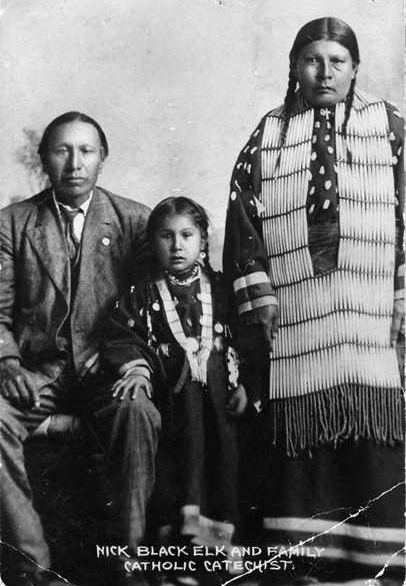
“He talks about the grandfathers — the spirits of the next world,” Ina recalls. “He said, ‘The grandfathers took me by both arms and flew with me across a vast land, which was our continent, across the vast ocean into another continent. And there, they took me to show me a man who was walking along this river.’ And the year coincides with when Baha’u’llah would have been walking along the Tigris River.”
In April of 1863, Baha’u’llah and His companions stayed for 12 days on an island in the Tigris River in Baghdad. In this spot, Baha’u’llah declared He was the Promised One foretold by all the world’s scriptures.

“The man who was walking along the Tigris River gave Black Elk the herb — the daybreak star herb — and told him ‘take it home and plant it in the hoop of your nation.’ And so, he did,” Ina says. “Then the grandfathers flew him back across this ocean and land, and he came back and saw the great hoop of our nation and dropped the herb in the center, and the mighty flowery tree grew from it. And we, the natives, were the caretakers of that tree and that we were once again physically healthy and spiritually healthy again caring for that tree.”
Baha’u’llah used the metaphor “Ye are all leaves of one tree and the fruits of one branch” to describe how people are interconnected. Abdu’l-Baha, the son of Baha’u’llah and the authorized interpreter of the Baha’i writings, explained, “By this it is meant that the world of humanity is like a tree, the nations or peoples are the different limbs or branches of that tree, and the individual human creatures are as the fruits and blossoms thereof.”
Ina believes that the “tree represents the teachings of the Bab and Baha’u’llah because later on, he had another vision where these two men were flying. It looked like these dots coming from the East to the West flying real swiftly and when they arrived, they were two men that came from the East.”
The men in Black Elk’s vision weren’t white or Native American. But, “They tell him important things that he needs to know, and then they leave,” Ina says. “So, they told him to take these teachings to his people and that we will be able to be the caretakers of this great tree. To me, they were the Bab and Baha’u’llah.”
“God has not left groups of people alone and isolated without anything,” Ina says. “He has always given us teachers — divine educators — to help us.” And she is grateful to have found the Baha’i Faith — the fulfillment of the Lakota prophecies.
You May Also Like
Comments



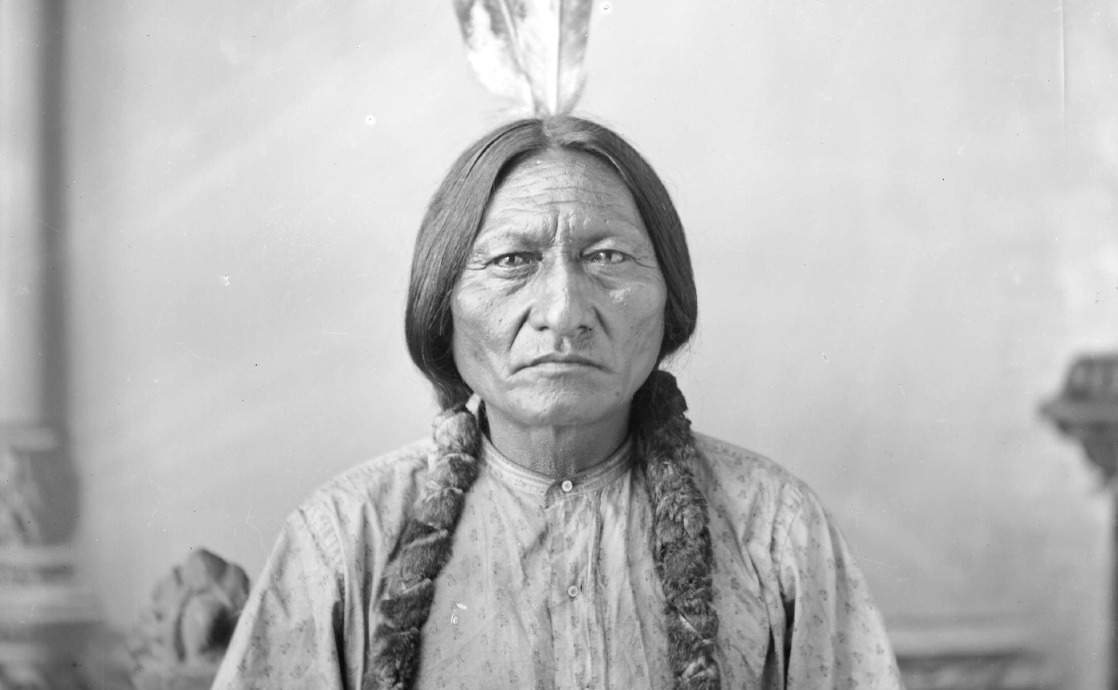

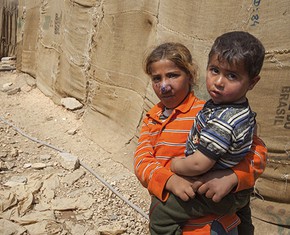
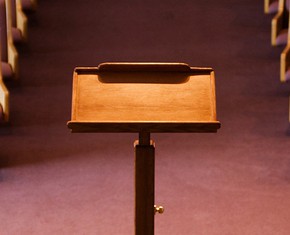
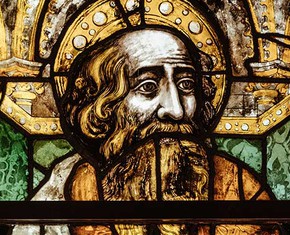









“all my relations”
"we are all related"
it is always good to stop and take care of our own spirits so that we may help others along on their earth walk ~ little bear
wopila ~ Thanks given for all of existence and the blessing inherent in each moment of it. Often used in ceremony, and as a broad statement of thanks within a community.
"Yá Baháʼu'l-Abhá" (يا بهاء الأبهى usually translated as "O Thou the Glory of the Most Glorious!"